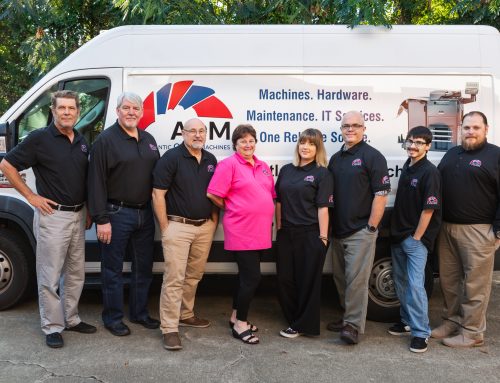Have you ever noticed an employee spilling coffee on a PC or laptop who then barely wipes a finger or two over the area before clicking away? Do you ever walk by a printer to see four or five employees trying to figure out how to fix a function which is not working? These typical episodes of daily workplace environments are just a couple of examples of poor maintenance practices which result in waste, both time and eventually expense.
One recent statistic that jumped out to me is that in 2018, the average desktop PC in use will have been operating for 4.31 years. Aging equipment is even more likely to breakdown soon or need replacement without regular maintenance, and often businesses don’t have policies and practices to prevent unnecessary situations.
Many small businesses do not have an IT professional on staff which often results in less than adequate regular maintenance of PCs and laptops. If you neglect your computers, they will eventually freeze up on you and impact your office’s productivity.
What are your policies for any manual aspects of computer maintenance? What practices do you want for all employees to do to support your policies?
Here are just a few of many practices to consider:
- Know when to fix something yourself and when to get help. Be sure your employees know their limits in maintaining equipment which they use, and who to report malfunctions to immediately.
- Keep equipment work areas clean. If your employees eat and drink in these areas, be sure they have what they need to safely clean equipment and how to clean specific areas such as keyboards.
- Be sure the right people know the manufacturer’s recommendations and the operating environment, and that users have knowledge and experience in the use of your equipment.
- More efficiency means equipment can last longer and your employees will be more productive. See that they use standby and power saving modes on computers and monitors, switch off machines at the end of the day, select appropriate print quality depending on the end user, print in batches and avoid unnecessary photocopying and printing.
These are just a few of many policies and practices for you or your office equipment vendor to consider when conducting an assessment. The more monitoring, documentation, accountability and training you do with your employees, the better results you will get from your office equipment.






Leave A Comment